Heinrich Schliemann had always hoped he’d find Homer’s Troy. Although he had no archaeological background to speak of, he did have money, and spades, and in the 1870s this would do. Tipped off as to the probable location of the ancient citadel — beneath Hisarlik on the west coast of modern Turkey — the Prussian businessman got zealously to work, pushing through the soil until he struck what he assumed to be the treasure of King Priam himself.
Already a subscriber? Log in
Subscribe for just $2 a week
Try a month of The Spectator Australia absolutely free and without commitment. Not only that but – if you choose to continue – you’ll pay just $2 a week for your first year.
- Unlimited access to spectator.com.au and app
- The weekly edition on the Spectator Australia app
- Spectator podcasts and newsletters
- Full access to spectator.co.uk
Or
Unlock this article
You might disagree with half of it, but you’ll enjoy reading all of it. Try your first month for free, then just $2 a week for the remainder of your first year.

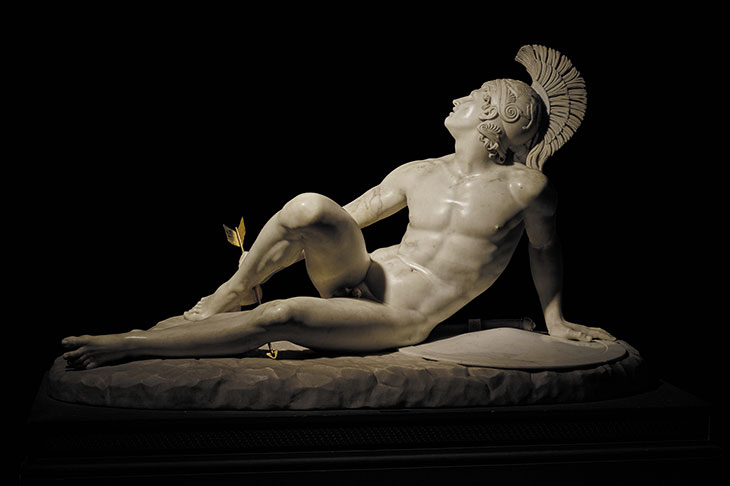
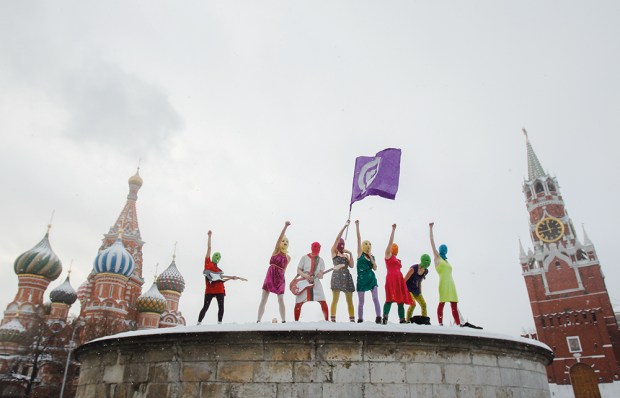
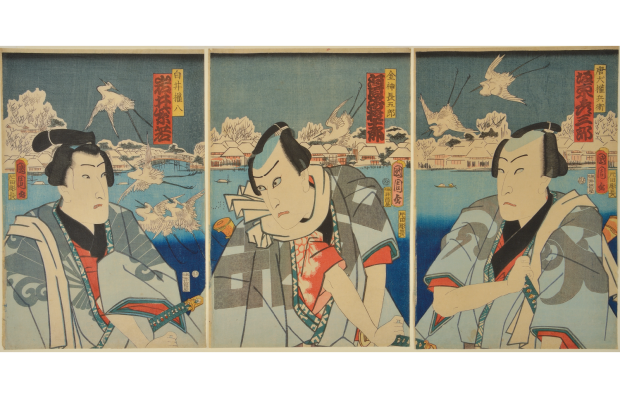

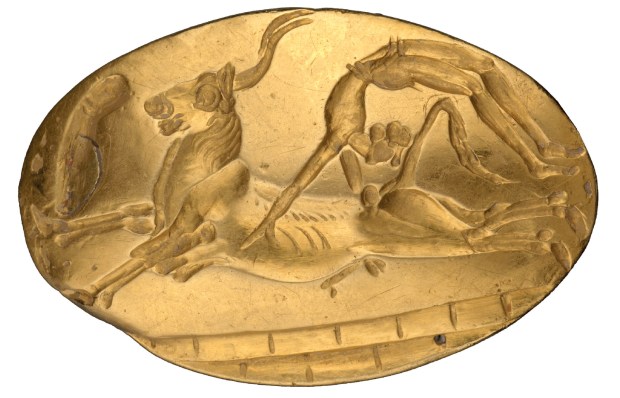
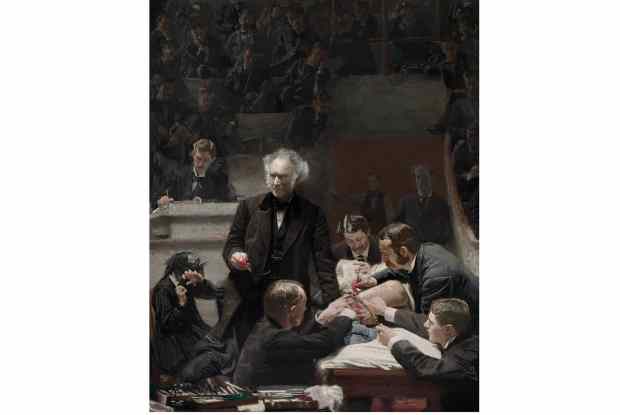







Comments
Don't miss out
Join the conversation with other Spectator Australia readers. Subscribe to leave a comment.
SUBSCRIBEAlready a subscriber? Log in